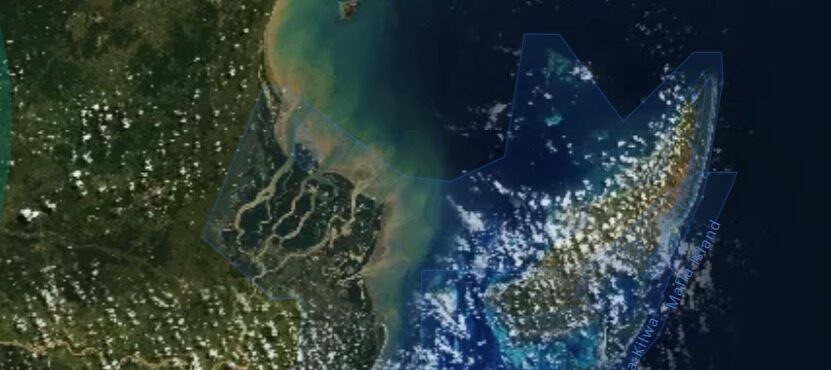
GMA releases new updates on the Global Mangrove Watch platform
-
Global Mangrove Watch
The Global Mangrove Alliance is thrilled to release an important new update of the Global Mangrove Watch platform, absolutely crucial for conservationists, restoration, researchers, investors, and scientists. With these new functionalities, the Global Mangrove Watch levels up the most comprehensive, reliable, and up-to-date scientific information currently available on global mangrove extent and status across the planet.
The updates include:
- A news section: The latest news about mangroves, updates from the GMA, and mangrove protection and restoration initiatives.
- Information about coastal protection: the socioeconomic benefits provided by mangroves in preventing damage from storms.
- The global distribution of mangrove tree species by country.
- The Number of mangrove species in each country, combined with their IUCN Red List status.
- The area and proportion of mangroves in protected areas per country.
- The Primary drivers of mangrove loss between 2000–2016 and the percentage of lost mangroves that can be attributed to each loss driver, by country.
- Geographical overlays showing the extent of other ecosystems typically found neighbouring mangroves (saltmarshes, coral reefs, tidal flats, tidal wetlands).
- High-resolution satellite background composites by month (sourced through Planet Labs NICFI program).
- A National Dashboard feature that allows users to view all the datasets that we have available for a country in one place and includes national and local maps and datasets for comparison
- An expansion of the loss alerts mechanism: to Guyana, Surinam, Ecuador, Mexico, French-Guinea, Bangladesh, Myanmar, Kalimantan and Sulawesi.
- Mangrove fisheries: Gives the fishing intensity amongst mangroves, measured in fisher days per year.
This is in addition to the existing functionalities. All of which can be found here.
Scaled-up mangrove action is urgently needed. We observe an overall net loss of 5,245 km2 of mangrove extent (3.4% of our planet’s mangroves) since 1996, though average losses over the last decade have fallen to 0.04% per year and there have been considerable gains in river mouths and deltas. The biggest loss occurred in Asia (2813 km2 or 4.6%), Africa (648 km2 or 2.2%), and the Pacific (524 km2 or 3.1%).
Restoration of losses that have occurred since 1996 could safeguard carbon in soil and aboveground biomass equivalent to 1.27 gigatons of CO₂. Mangroves also prevent more than $65 billion in property damages from storms and reduce flood risk to some 15 million people every year.
These updates will add to the fundamental tools necessary to ensure that our planet’s mangroves thrive for the benefit of people and nature.
Stay tuned for the latest information about mangrove extent and loss globally in October.
